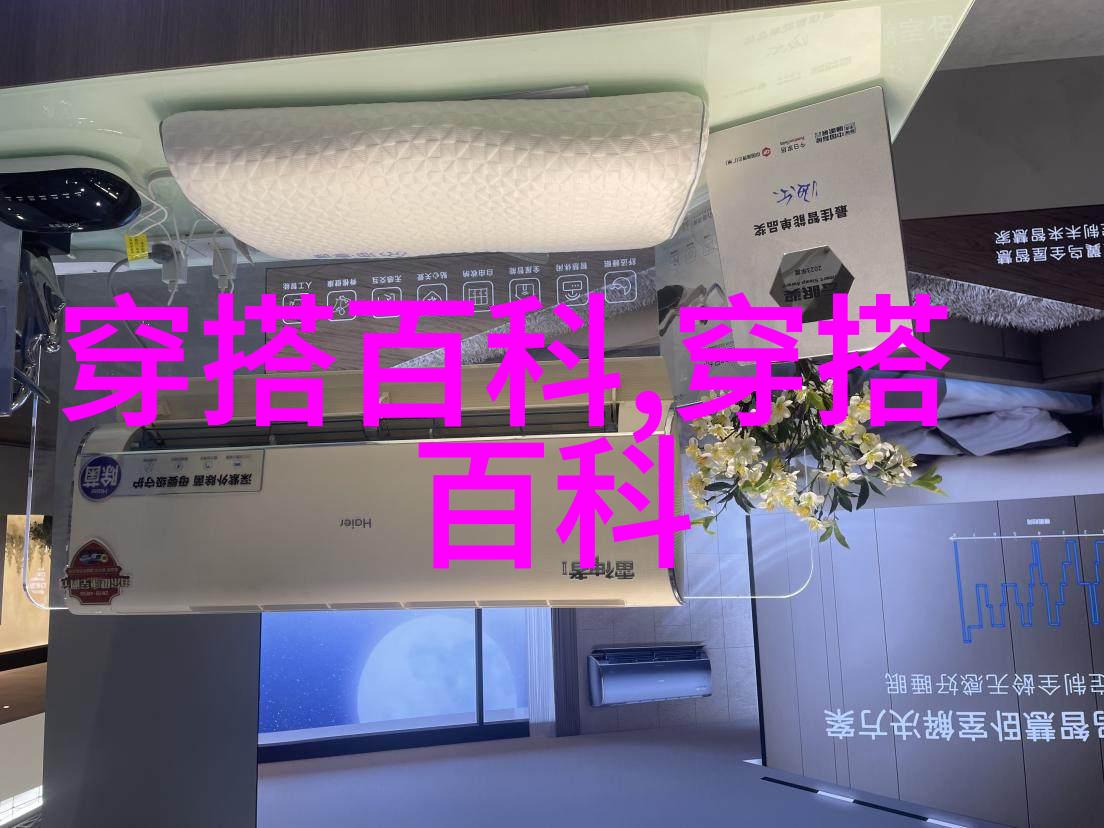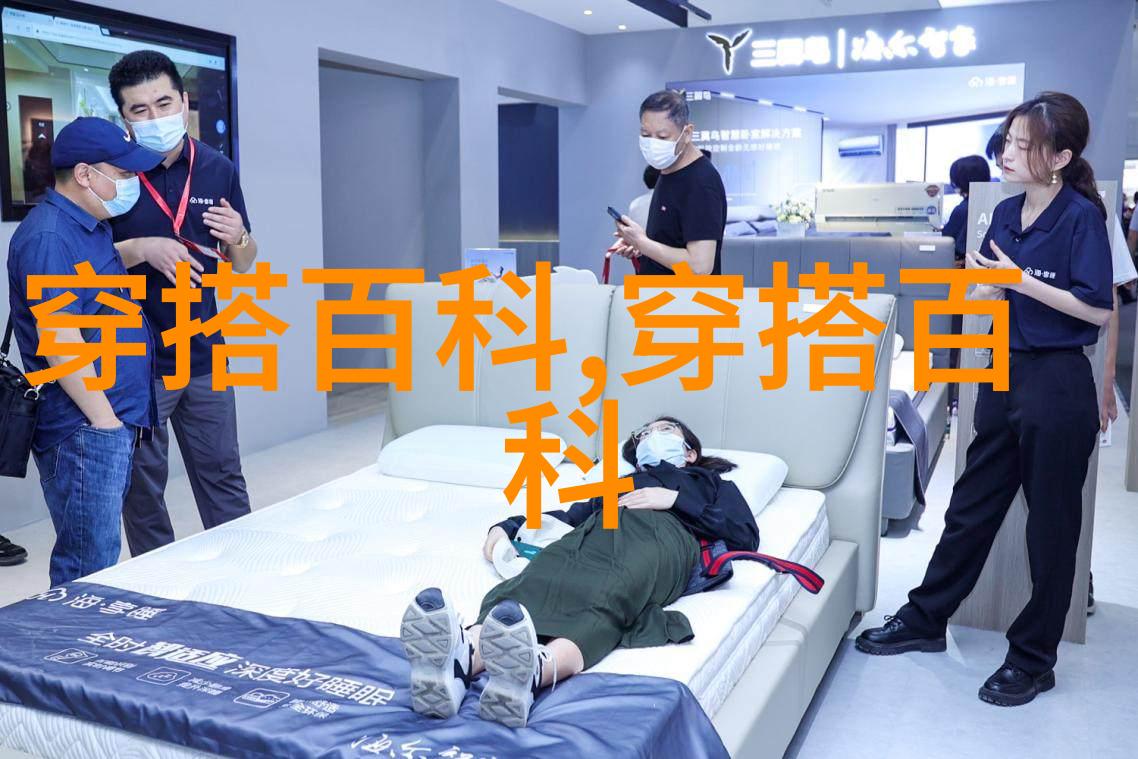近视配镜的三大原则适应性舒适性和功能性
适应性:为何您的配镜必须贴合需求?

近视配镜的三大原则是设计和选择眼镜时不可或缺的标准。首先,适应性是这三大原则中的基础。一个好的配镜不仅仅要能纠正视力问题,还要确保佩戴者能够舒适地使用它,无论是在日常生活中还是在特定的工作环境中。
对于那些需要长时间佩戴眼镜的人来说,特别是学生和办公室工作者,配有良好适应性的眼镜至关重要。这意味着眼睛不会因为不舒服而感到疲劳,从而影响到整体的健康和工作效率。在选择眼镜时,医生会考虑患者的习惯、生活方式以及他们将如何使用这些眼镜,这些因素都会影响到最终选出的框架大小、形状以及材料等。

舒适性:让您无忧享受每一天
第二个原则,即舒适性,是为了确保佩戴者的身体和心理都能得到满足。一个太重或过于紧绷的框架可能会导致颈部疼痛甚至头痛,而过于宽松的话可能会造成眩晕感。此外,不同材质的框架也会对用户产生不同的感觉,有些人可能更喜欢金属材质,因为它们给人一种坚固且耐用的感觉,而其他人则可能偏爱塑料材质,因为它们轻便且容易打理。

因此,在挑选眼鏡时,不仅要考虑其功能,还要注意其是否符合个人审美,以及佩戴起来是否既实用又舒服。此外,一些高科技材料如尼龙或者树脂也逐渐流行,它们提供了更加轻薄与透气,并且可以根据不同人的需求定制出最佳尺寸。
功能性:提升您的视觉体验

第三个原则——功能性—is the most crucial aspect of nearsighted glasses. This refers to how well the glasses can correct your vision and improve your overall visual experience. A good pair of glasses should not only correct nearsightedness but also reduce eye strain and fatigue.
When it comes to functionality, there are several factors to consider. The prescription strength is perhaps the most critical factor, as it determines how much power the lenses need to correct your vision. However, other aspects such as lens thickness, frame shape and size also play a significant role in ensuring that the glasses function optimally.

For example, if you have a high prescription strength, you may need thicker lenses or specialized lens materials like polycarbonate or Trivex which are lighter and more impact-resistant than standard glass or plastic lenses. Similarly, certain frame shapes can accentuate facial features while others can provide better protection from wind and debris.
In conclusion, when choosing nearsighted glasses, it's essential to consider all three principles: adaptability for comfort; aesthetics for style; and functionality for optimal vision correction. By balancing these factors effectively, you'll be able to find a pair that suits your unique needs perfectly – giving you clear sight without any compromise on comfort or style!